When setting up a Network-Attached Storage (NAS) system, one of the most important choices you’ll make is selecting the right hard drive.
Many users assume any HDD will work, but NAS environments require drives that can handle continuous operation, multiple drive configurations, and constant data access.
A poor drive choice can lead to slow performance, frequent disconnections, or even complete data loss over time. Understanding the factors that make NAS drives reliable helps you protect valuable business or personal files.
In this guide, you’ll learn how to choose the best NAS hard drive for your storage needs, what to look for before purchasing, and how to ensure long-term reliability in RAID-based setups.
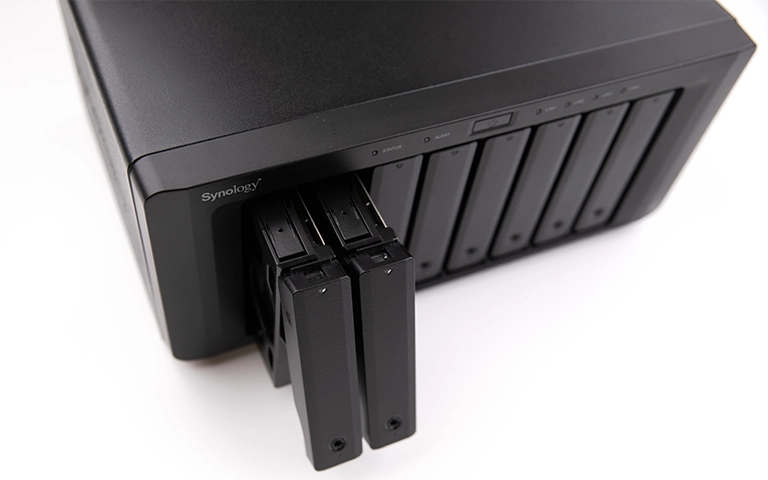
What Makes NAS Hard Drives Different
Not all hard drives are built to handle the demanding environment of a NAS. While standard desktop drives are designed for occasional use, NAS drives are engineered for continuous, multi-user access. Below are the key differences that set them apart:
Designed for 24/7 Operation: NAS drives are built to run nonstop, offering higher endurance and stability during continuous data access.
Optimized for RAID Environments: They work efficiently in multi-drive systems, synchronizing with other drives to ensure consistent performance and quick rebuilds.
Enhanced Vibration and Heat Resistance: NAS enclosures often contain several drives. NAS drives include vibration sensors and improved cooling tolerance to maintain stability.
Error Recovery Controls: Features like TLER (Time-Limited Error Recovery) help prevent a single drive from dropping out of a RAID array during extended error correction.
Longer Lifespan and Higher Workload Rating: NAS drives are tested for higher workloads measured in terabytes per year, ensuring they handle frequent read/write cycles without degradation.
Key Factors to Consider When Choosing a NAS Drive
Choosing the best NAS hard drive requires more than just looking at storage capacity. Several technical and operational factors determine how well your NAS performs and how long it lasts. Here are the main points to evaluate before making your purchase.
Determine how much data you plan to store and how often the drives will be accessed. NAS drives are rated for specific workloads, usually measured in terabytes written per year (TB/year). For business or multi-user systems, drives with higher workload ratings are essential.
A higher RPM (revolutions per minute) and larger cache size improve performance during file transfers and backups. Most NAS drives operate at 5400 or 7200 RPM, balancing speed and heat generation.
Features like TLER (Time-Limited Error Recovery), ERC (Error Recovery Control), and AgileArray technology enhance reliability in RAID environments by preventing unnecessary drive dropouts during data synchronization.
Always check that your chosen drives are compatible with the RAID level you plan to use. RAID 1, 5, and 6 configurations require drives that can handle synchronized operations without timing conflicts.
Look for drives with a long warranty period and high MTBF (Mean Time Between Failures). These indicators show how well the manufacturer expects the drive to perform under continuous workloads.
When selecting drives for a new NAS setup, it’s best to purchase all drives from the same model line and batch. This ensures consistent performance and simplifies RAID rebuilding if a drive eventually fails.
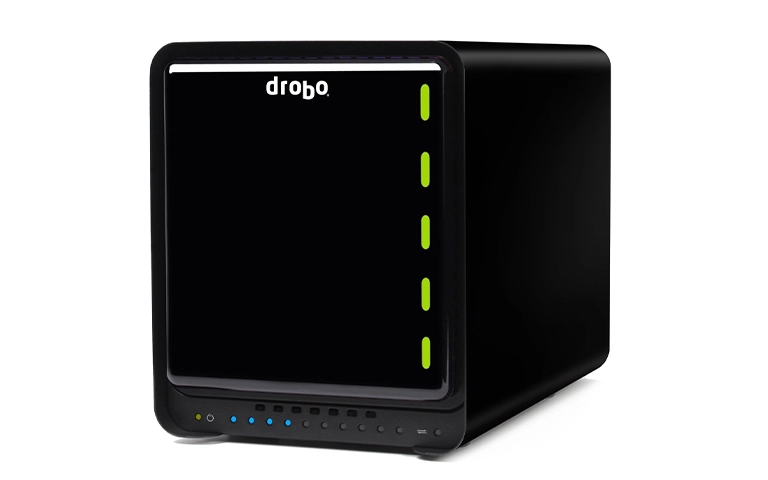
Popular NAS Drive Brands and Series
When selecting a NAS drive, it’s helpful to know which brands are known for long-term reliability and strong RAID performance. Below is a comparison of the most trusted NAS drive series used in both home and enterprise environments.
These models are designed specifically for NAS and RAID configurations, offering better endurance, consistent performance, and improved compatibility compared to regular hard drives.
For a deeper look into how NAS drives differ from standard ones, explore our guide on NAS hard drive vs regular hard drive.
Common NAS Hard Drive Problems
Even reliable NAS drives can fail due to physical wear, firmware corruption, or power-related issues. Recognizing the signs early helps prevent data loss and costly downtime. Here are some of the most common NAS hard drive problems users encounter:
Bad Sectors and Read/Write Errors: Over time, sectors on a drive can become unreadable, causing slow performance and incomplete file transfers.
Drive Not Recognized in NAS: The NAS system may fail to detect one or more drives, often due to connection issues, firmware corruption, or mechanical failure.
RAID Rebuild Failure: When a failed drive is replaced, the RAID rebuild process can fail if another drive develops errors during reconstruction.
Firmware or Controller Malfunction: Internal firmware issues can prevent the drive from initializing, causing the NAS to report missing or degraded volumes.
Clicking or Beeping Noises: Unusual sounds indicate head or spindle motor problems, requiring immediate shutdown and professional recovery.
Overheating or Excessive Vibration: Poor ventilation or mounting issues can damage drive components over time, especially in multi-bay NAS systems.
If your NAS starts showing degraded warnings, slow response, or abnormal sounds, power it down immediately.
Contact RAID Recovery Services for a professional evaluation before attempting any rebuilds or replacements.
For further reading, check our detailed post on NAS failure and recovery.
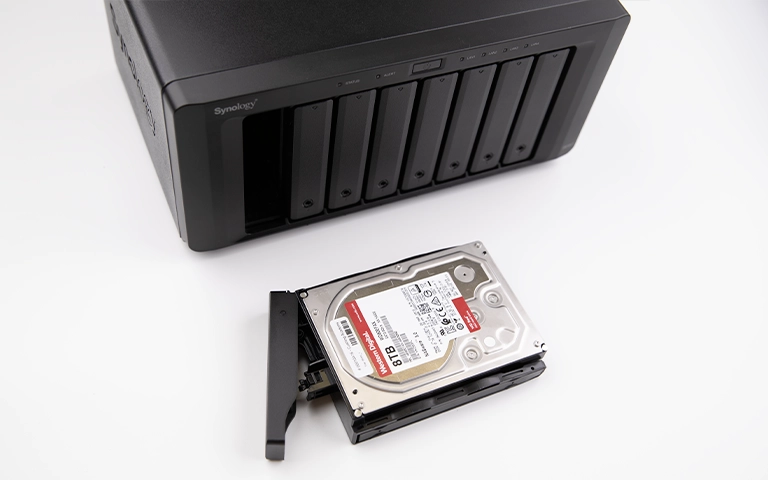
NAS Drive and RAID Compatibility
NAS systems commonly rely on RAID configurations to protect data and improve performance. However, the reliability of these setups depends heavily on using drives that are fully compatible with your chosen RAID level.
When you mix different models or firmware versions in the same array, the drives may not synchronize properly. This can lead to inconsistent write speeds, rebuild errors, or degraded volumes. Using identical NAS-certified drives minimizes timing mismatches and ensures smooth array performance.
For example, RAID 1 and RAID 5 offer redundancy through mirroring and parity but depend on all drives responding consistently.
Features like TLER (Time-Limited Error Recovery) and ERC (Error Recovery Control) in NAS drives help maintain that synchronization by preventing drives from dropping out during long error correction cycles.
If your RAID configuration fails or shows a degraded status, do not replace or reinitialize the drives immediately.
Instead, review our guide on troubleshoot RAID failure to understand the safe recovery steps before contacting professionals.
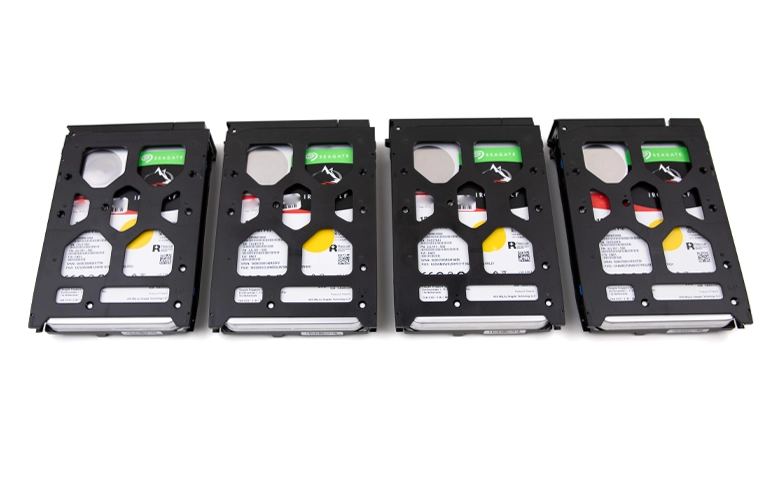
How RAID Recovery Services Handles NAS Drive Failures
At RAID Recovery Services, we specialize in restoring data from failed NAS drives and corrupted RAID arrays. Our engineers begin with a thorough evaluation to identify mechanical, firmware, or logical issues.
When physical damage is detected, recovery is performed inside an ISO-certified cleanroom to ensure data integrity. We then rebuild the RAID structure, extract recoverable files, and securely return the recovered data to the client.
Whether your NAS runs on Seagate IronWolf, WD Red, or Toshiba N300 drives, our team can recover files quickly and safely.
Fast turnaround times for business-critical data
Conclusion
Selecting the best NAS hard drive is crucial for maintaining reliable performance and long-term data safety.
Drives designed for NAS environments deliver the endurance, stability, and RAID compatibility needed for continuous operation. Always consider workload rating, firmware features, and brand reliability before making your purchase.
If your NAS begins to fail or one of the drives shows warning signs, avoid attempting DIY recovery. These systems are complex and can lose data permanently when mishandled.
Contact RAID Recovery Services for professional NAS data recovery to restore your critical information safely and efficiently.
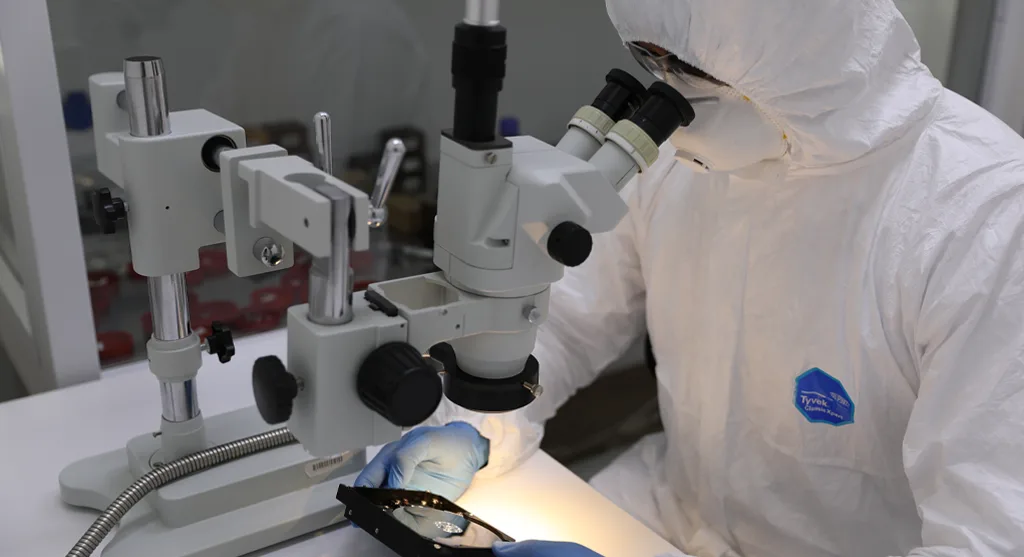
Trust the experts with proven results
Frequently Asked Questions
What type of hard drive should I use for my NAS?
Use drives specifically designed for NAS systems. Models like Western Digital Red, Seagate IronWolf, or Toshiba N300 are built for continuous use, RAID compatibility, and multi-drive environments.
Can I use a regular desktop hard drive in my NAS?
It’s not recommended. Regular drives aren’t optimized for 24/7 operation or RAID synchronization. They can overheat, slow down, or drop out of the array, increasing the risk of data loss.
How long do NAS hard drives usually last?
NAS drives typically last between 3 to 5 years, depending on workload and environmental factors. Drives with higher MTBF ratings and proper cooling tend to last longer.
What happens if one NAS drive fails?
In RAID configurations with redundancy (RAID 1, 5, 6, or 10), your data may still be accessible. However, replacing a failed drive or attempting a rebuild without professional help can cause data corruption. Seek assistance from experts like RAID Recovery Services.
Can RAID Recovery Services recover data from NAS drives?
Yes. Our engineers specialize in NAS and RAID data recovery, handling physical, firmware, and logical failures. We recover data from all major NAS brands, ensuring confidentiality and high success rates.